FDA clears expansion of amblyopia treatment from Luminopia to include patients aged 8 to 12 years
The clearance expands its existing label from patients aged 4 to 7 years to patients aged 4 to under 13 years.
Digital health company Luminopia has announced that the US Food and Drug Administration (FDA) has cleared its amblyopia treatment for patients aged 8 to 12 years, expanding its existing label for patients aged 4 to 7 years to patients aged 4 to under 13 years with amblyopia associated with anisometropia and/or mild strabismus.1 This allows for 400,000 patients aged 8 to 12 years in the US the access a new treatment option for their strabismus diagnosis, according to a news release.
This expansion marks the first FDA clearance for an amblyopia treatment for this age range in more than 2 decades. This decision was based on Luminopia’s robust database of real-world evidence as generated through its Patient Using Prescription Luminopia (PUPiL) Registry (NCT06429280).1
“It's rare for the FDA to provide clearance based on RWE [real-world evidence] alone and, as far as we're aware, this is the first instance of it being done in ophthalmology. The FDA's decision is a testament to the rigorous design of the PUPiL Registry and the strength of our product's safety and efficacy," said Scott Xiao, Luminopia's cofounder and CEO, in the release. "We're proud to offer a new treatment option for 8- to 12-year-old amblyopia patients, addressing the unmet need for effective therapies as the efficacy of traditional approaches like eye-patching is known to decline significantly after age 8."
The PUPiL registry is the largest amblyopia treatment registry to date and uses an all-comers design to evaluate real-world outcomes in a representative population. The registry comprises more than 500 patients from 45 prescribers at 14 academic and community centers including Boston Children's Hospital, Children's Hospital of Philadelphia, Lurie Children's Hospital of Chicago, UCSF Benioff Children's Hospitals, and The Johns Hopkins Wilmer Eye Institute.1 The PUPiL Registry, in addition to data from Luminopia’s phase 1, 2, and 3 clinical trials, makes Luminopia the most thoroughly studied digital treatment for amblyopia, according to the release.
In its expansion decision, the FDA determined that Luminopia’s safety and efficacy in patients aged 8 to 12 years is substantially equivalent to its safety and efficacy in patients aged 4 to 7 years. Patients in Luminopia’s PUPiL Registry were also treated with traditional therapies for an average of 1.8 years prior to switching to Luminopia and were still able to gain an additional line of vision.1
"Luminopia is the only treatment for amblyopia that has demonstrated comparable efficacy in young children and pre-teens," said Robert Gold, MD, FAAP, a pediatric ophthalmologist with Eye Physicians of Central Florida and past president of the American Association for Pediatric Ophthalmology and Strabismus, in the release. "I look forward to offering this innovative treatment option to my 8- to 12-year-old patients, including those who have tried other therapies that didn't work for them."
Luminopia takes a different approach from traditional therapies, such as eye-patching and atropine eye drops, by utilizing binocular vision to treat amblyopia. The treatment allows patients to select from 75 child-friendly TV shows to watch through an immersive virtual reality (VR) headset for 1 hour a day, 6 days a week, and overlays therapeutic algorithms that engage both eyes to treat the condition. According to the company, Luminopia encourages patient engagement and can lead to significantly improved vision at 12 weeks as demonstrated in clinical studies. Luminopia can be prescribed by eye care professionals through CoAssist Pharmacy.1
Reference:
Luminopia announces FDA clearance for patients with amblyopia aged 8 to 12 years. News release. Luminopia. April 22, 2025. Accessed April 30, 2025. https://www.prnewswire.com/news-releases/luminopia-announces-fda-clearance-for-patients-with-amblyopia-aged-8-to-12-years-302433803.html
Newsletter
Don’t miss out—get Ophthalmology Times updates on the latest clinical advancements and expert interviews, straight to your inbox.
Related Articles
 The European Commission grants marketing authorization for EYLUXVI
The European Commission grants marketing authorization for EYLUXVISeptember 23rd 2025
 Luxa Biotechnology announces clinical trial results for treatment of AMD
Luxa Biotechnology announces clinical trial results for treatment of AMDSeptember 22nd 2025





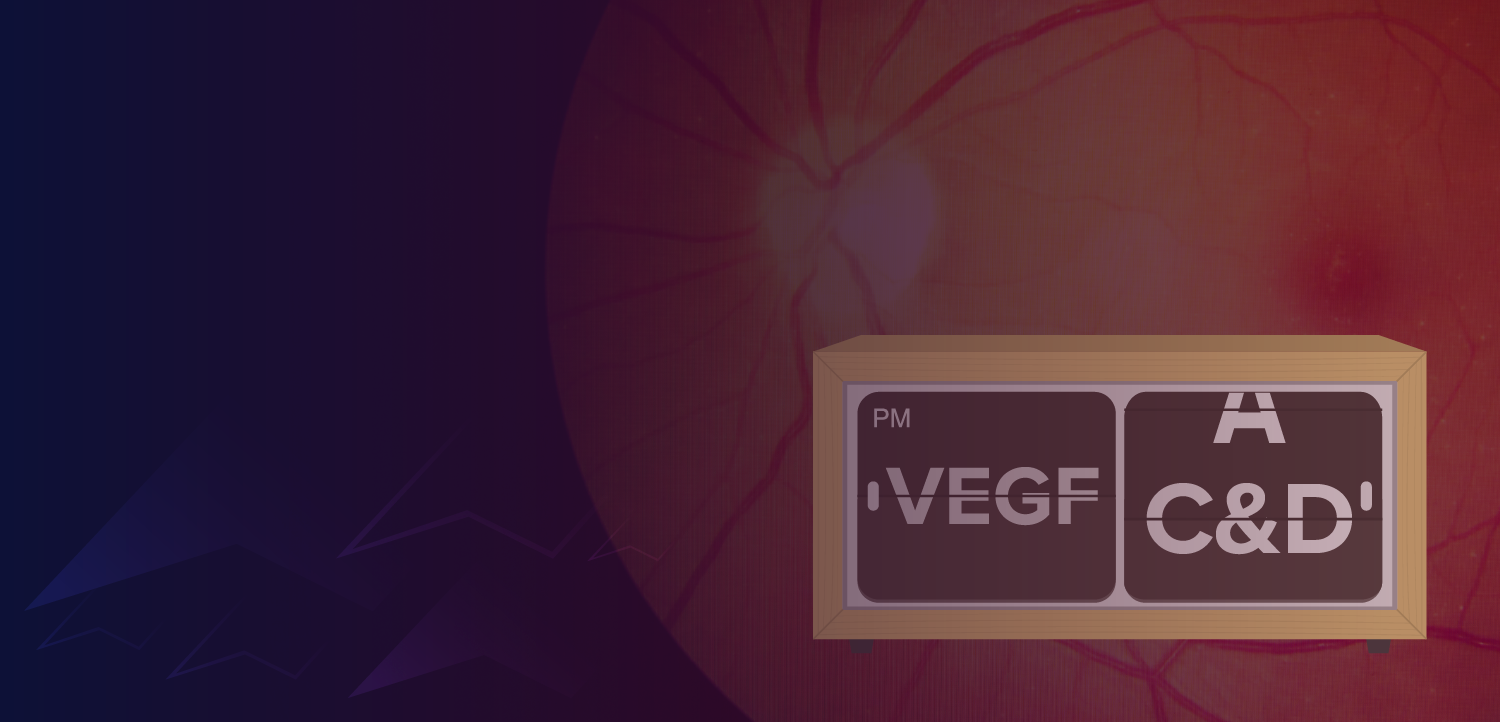
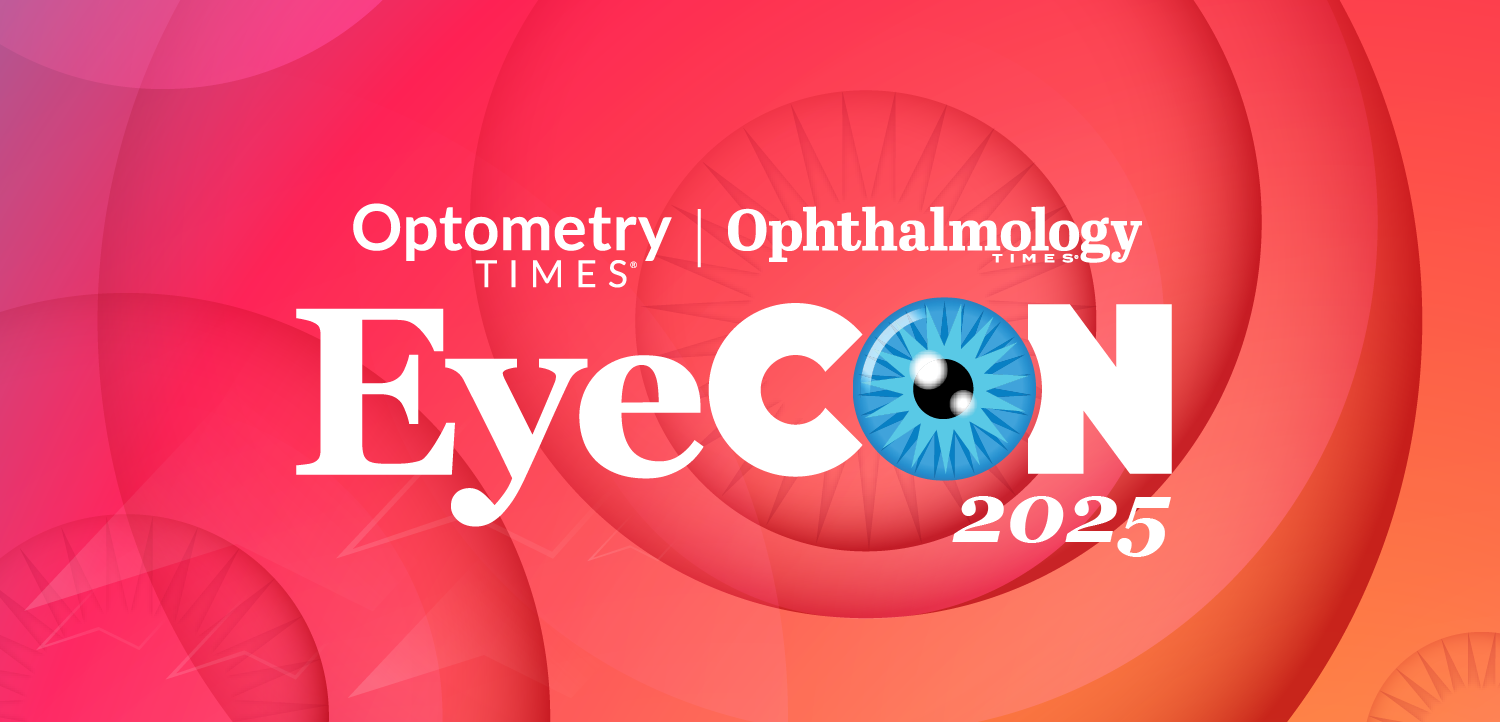
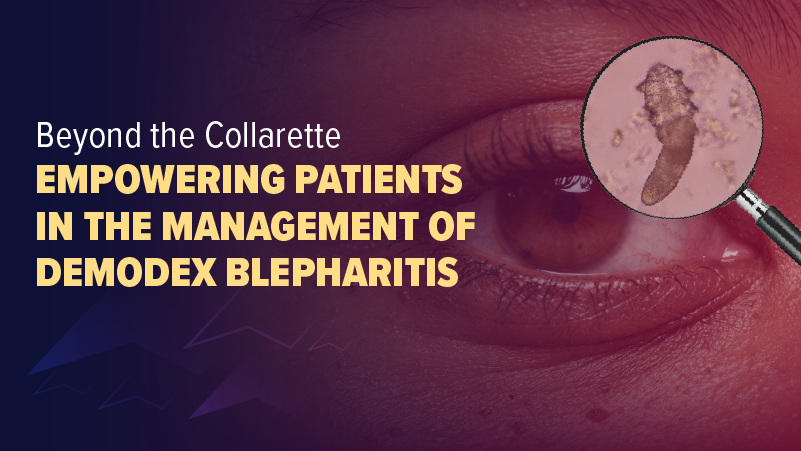
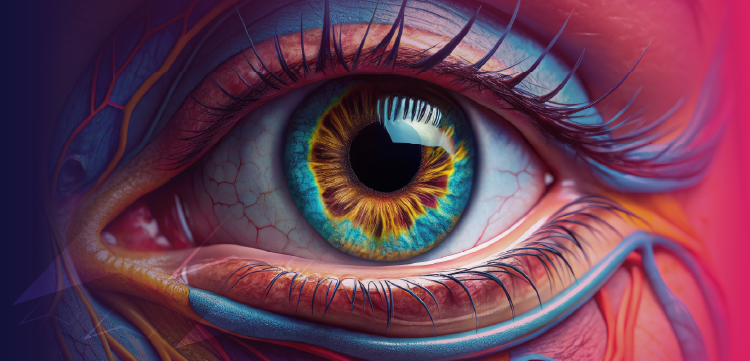
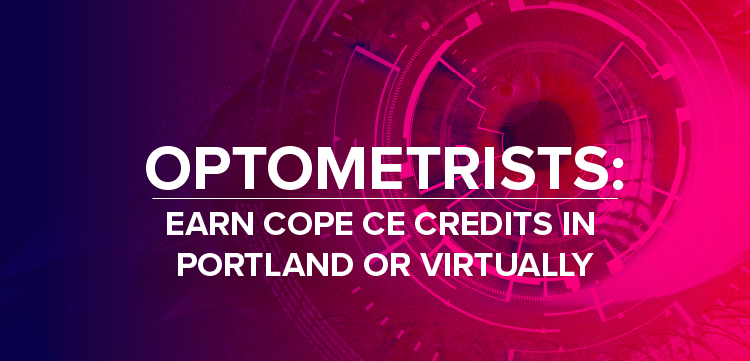
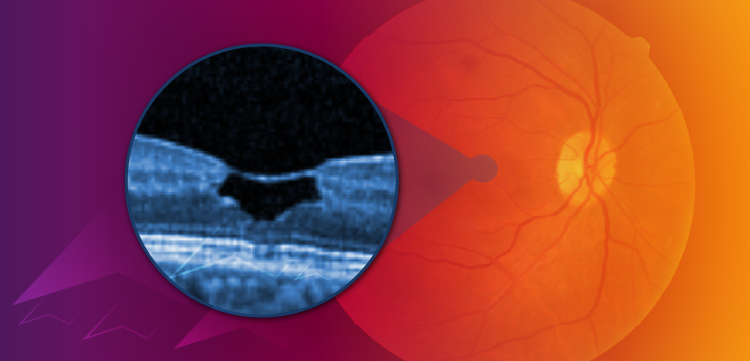

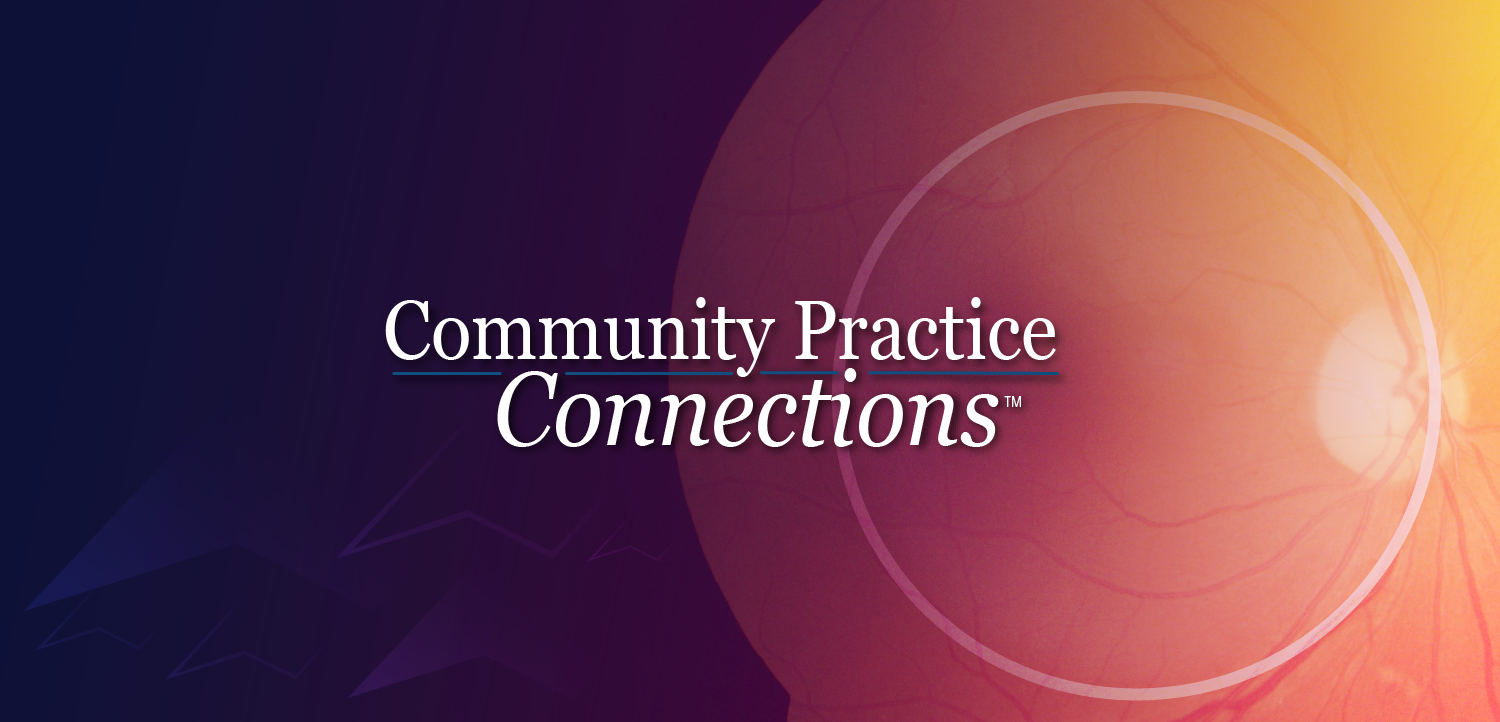
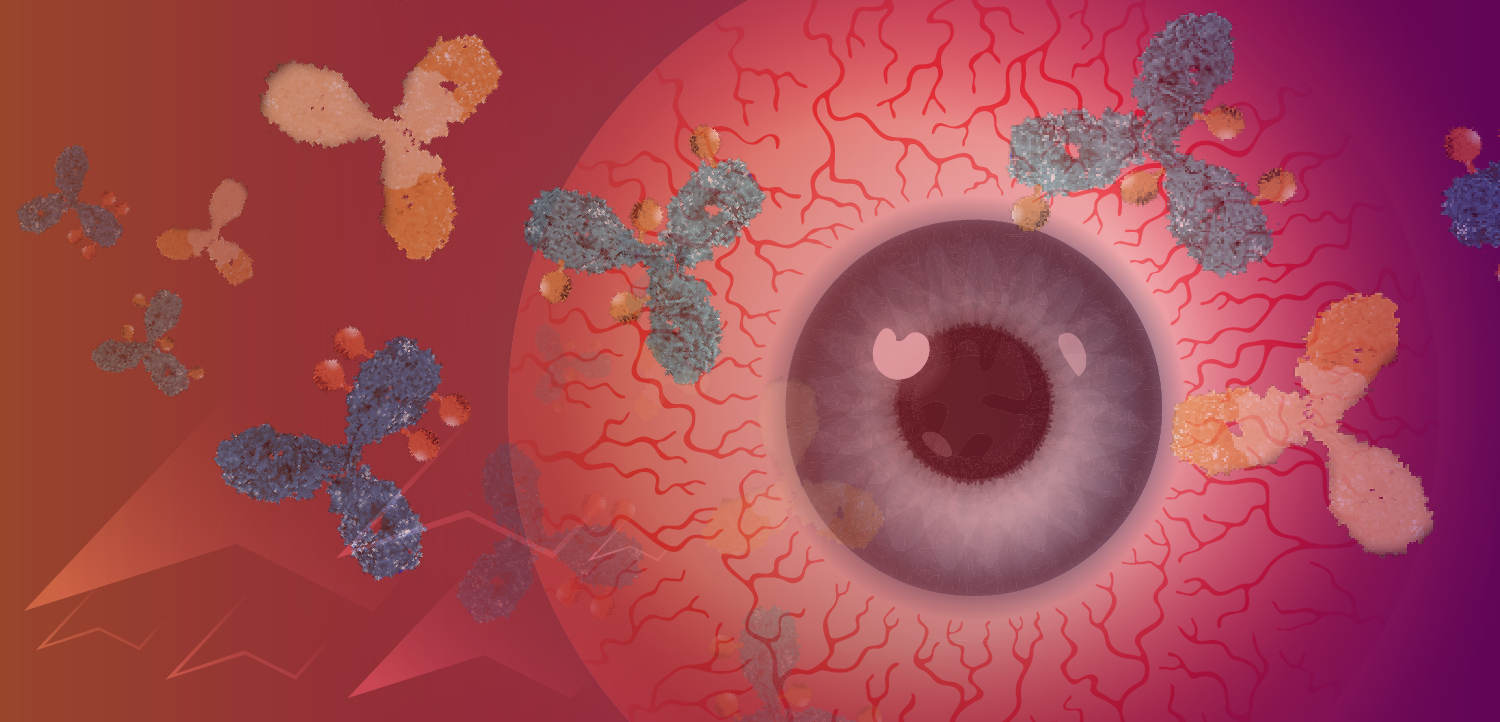








































.png)


